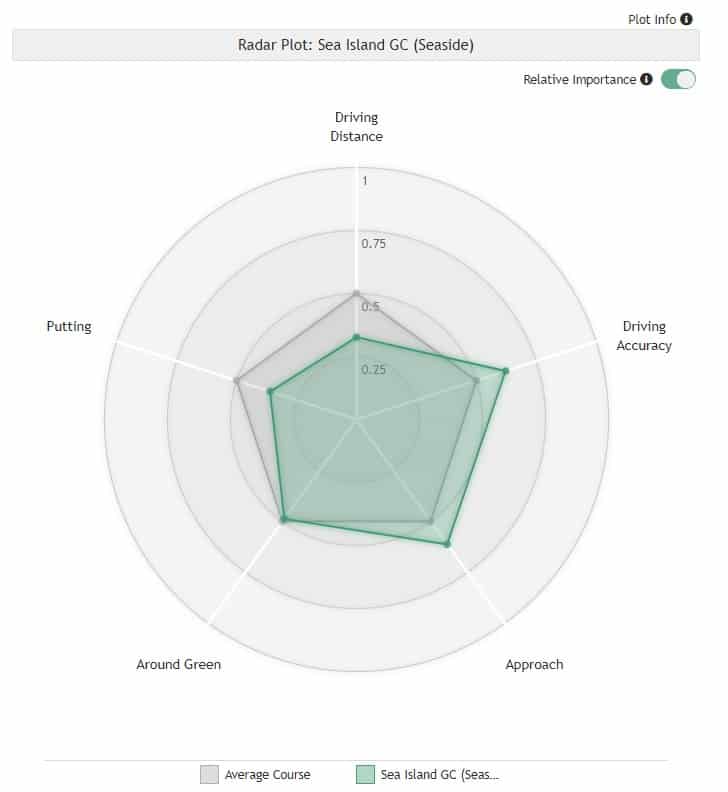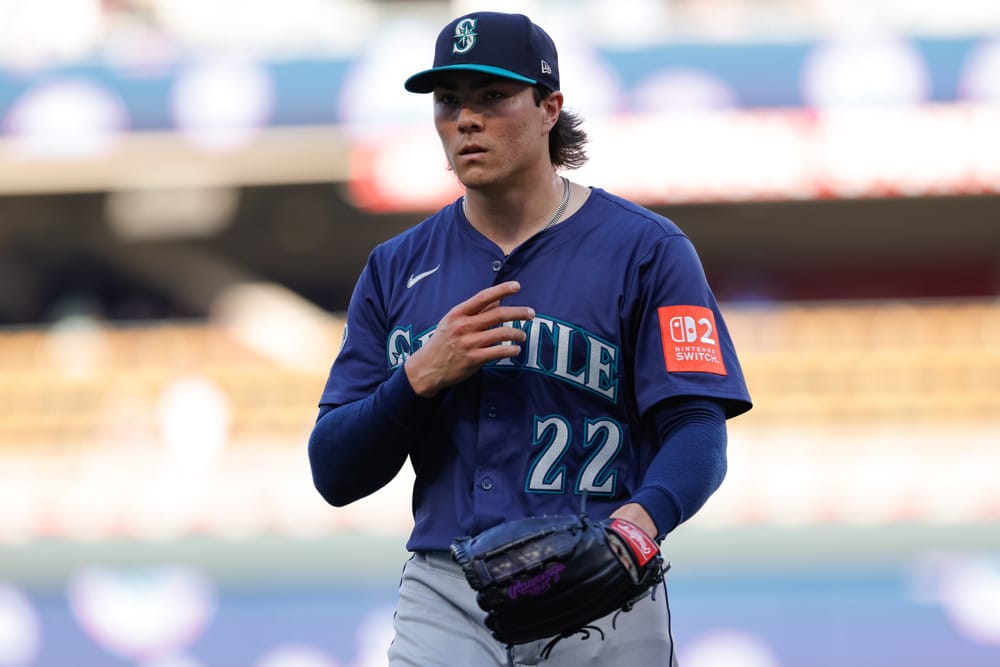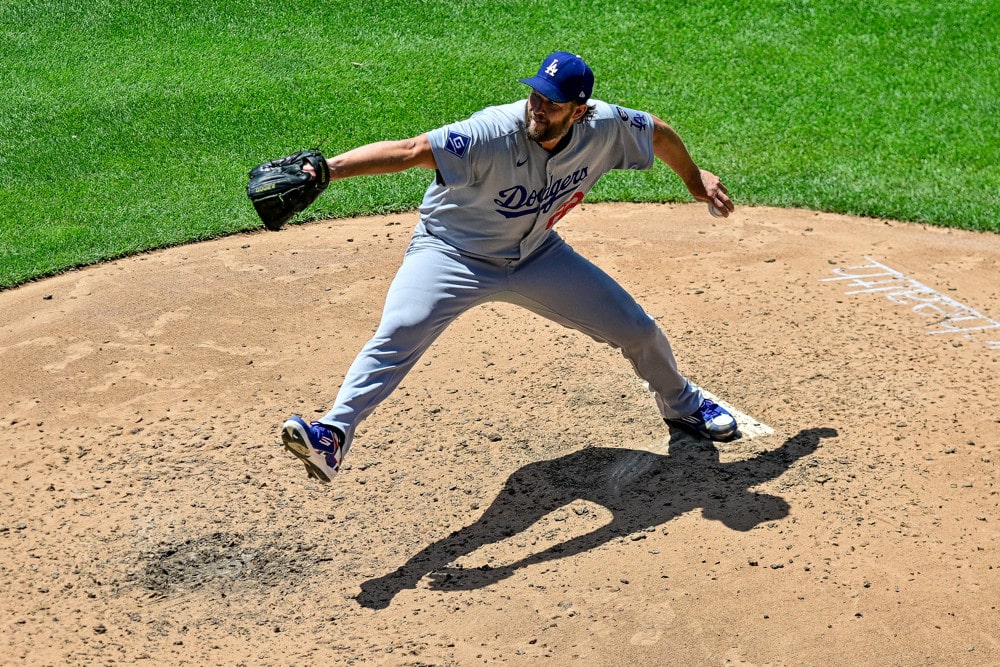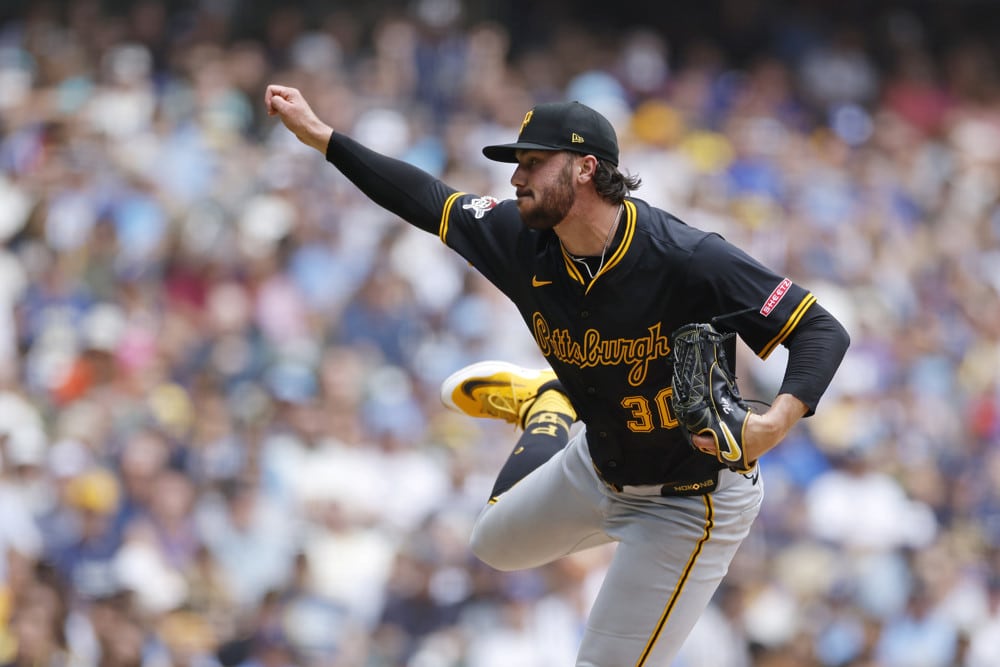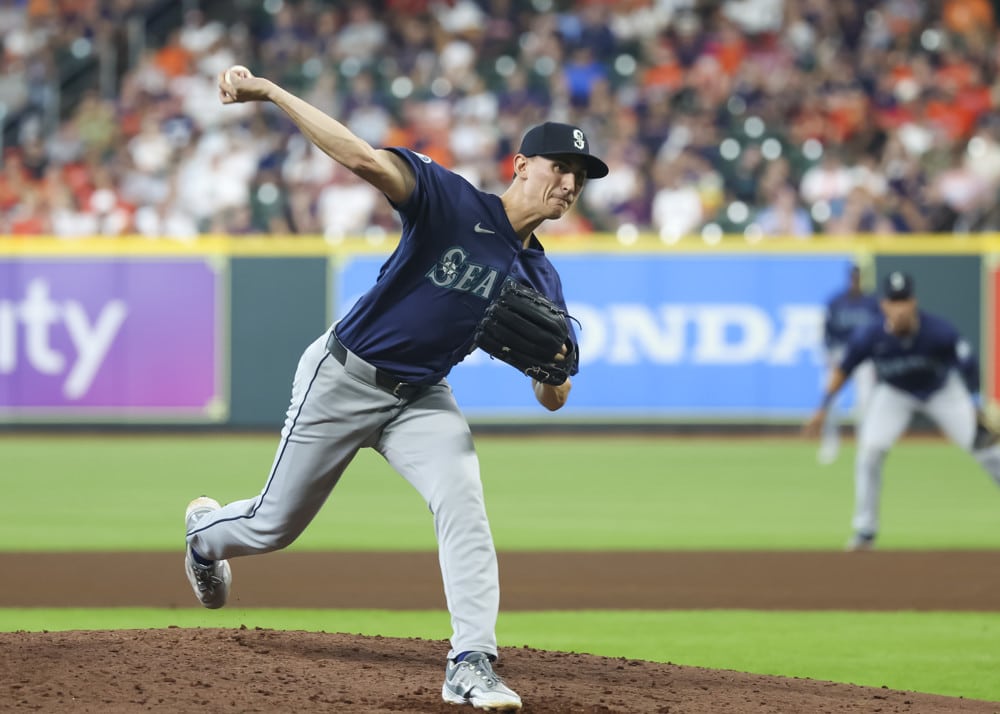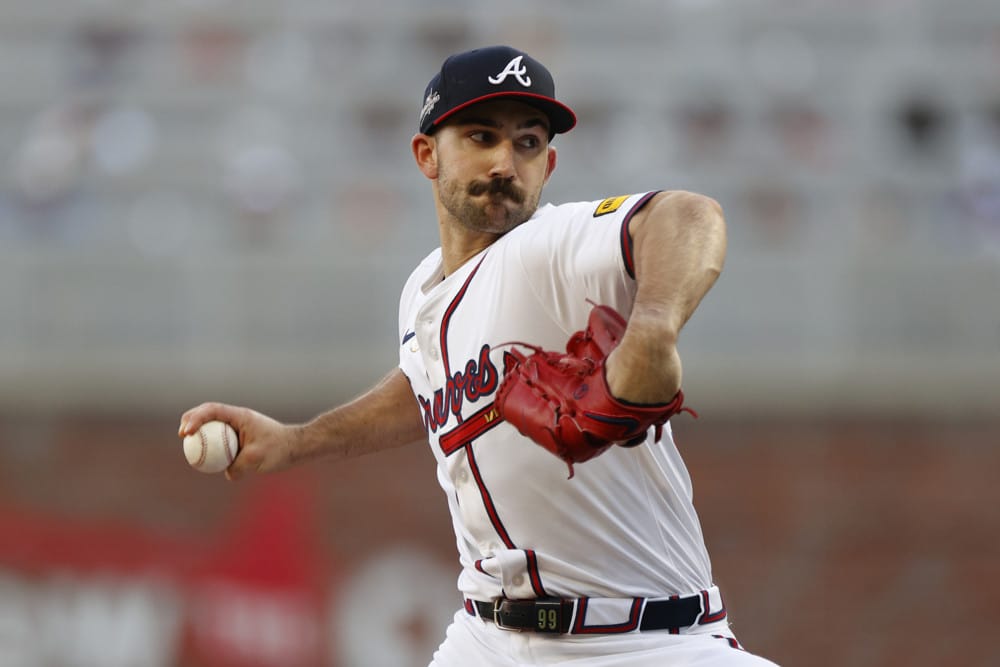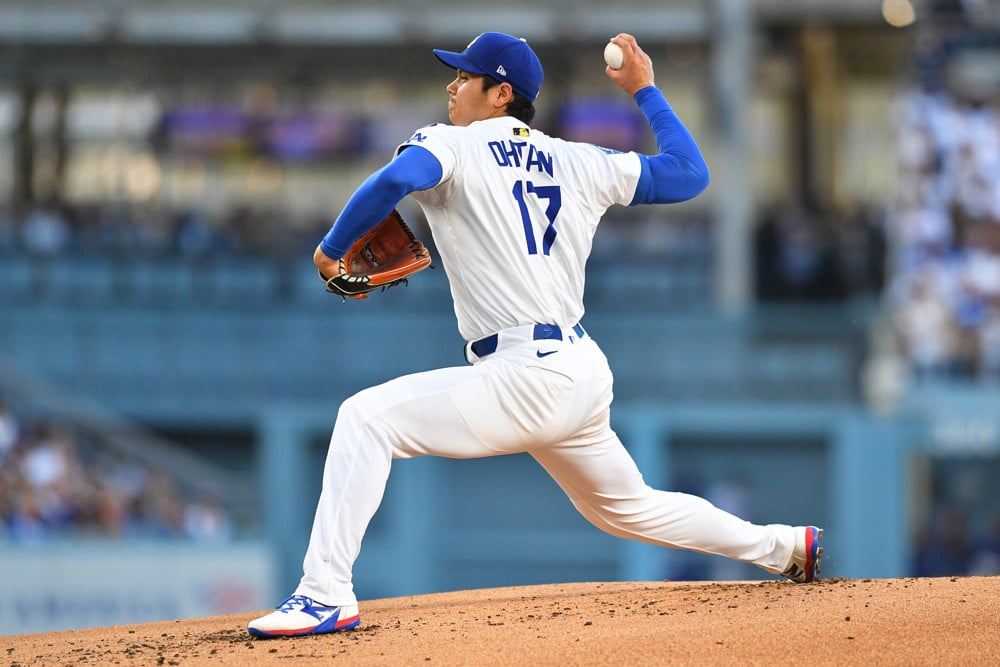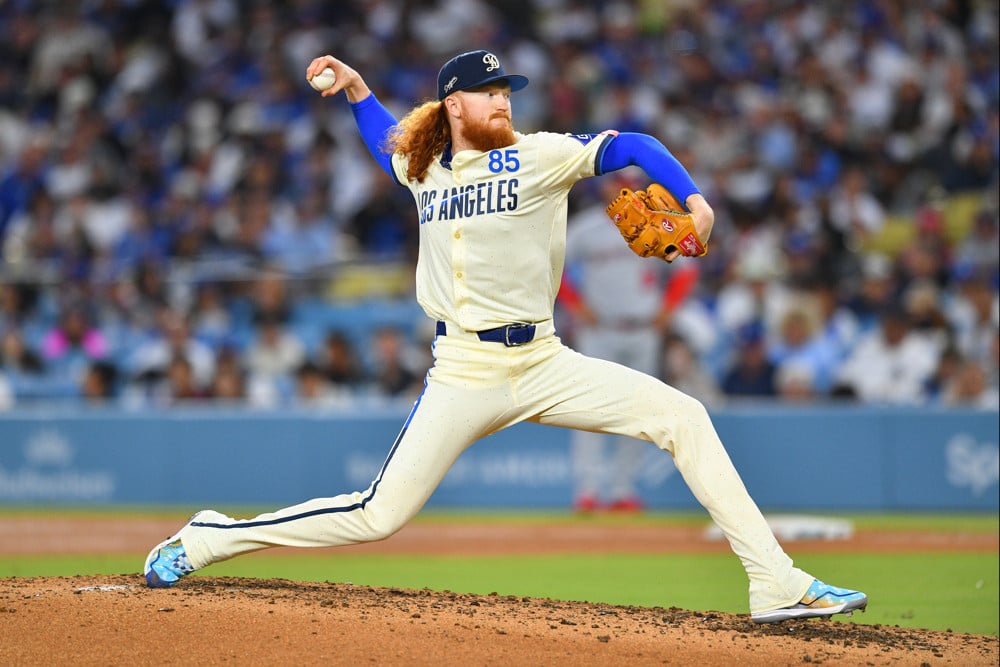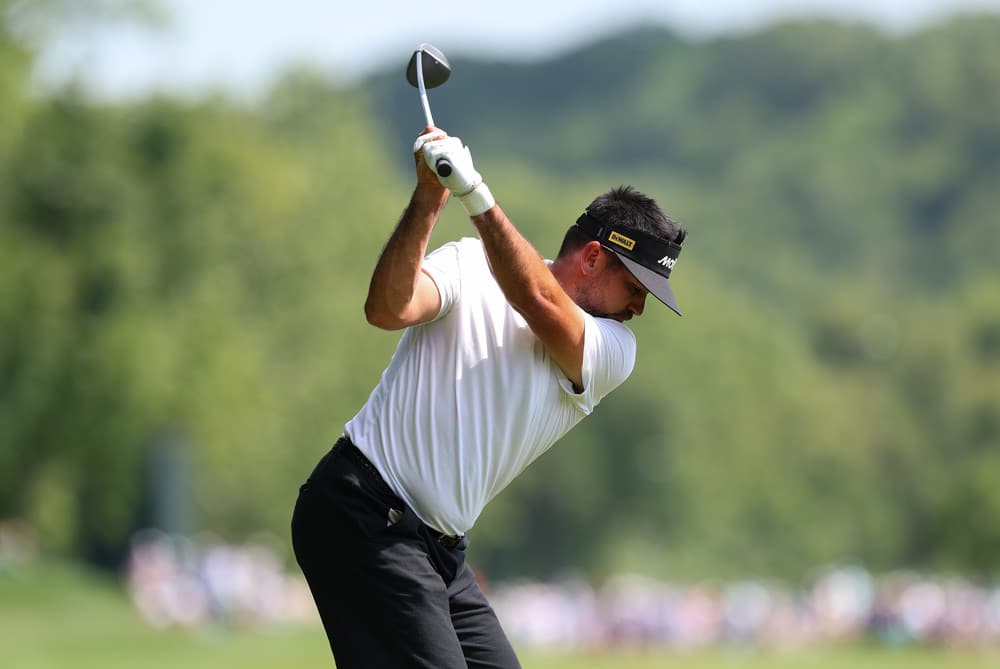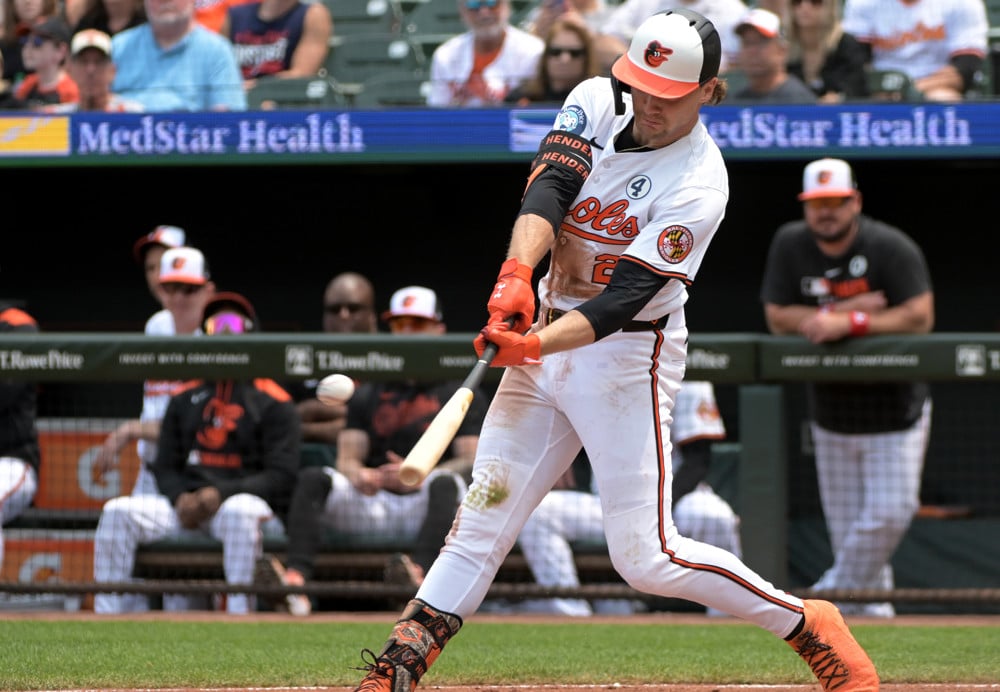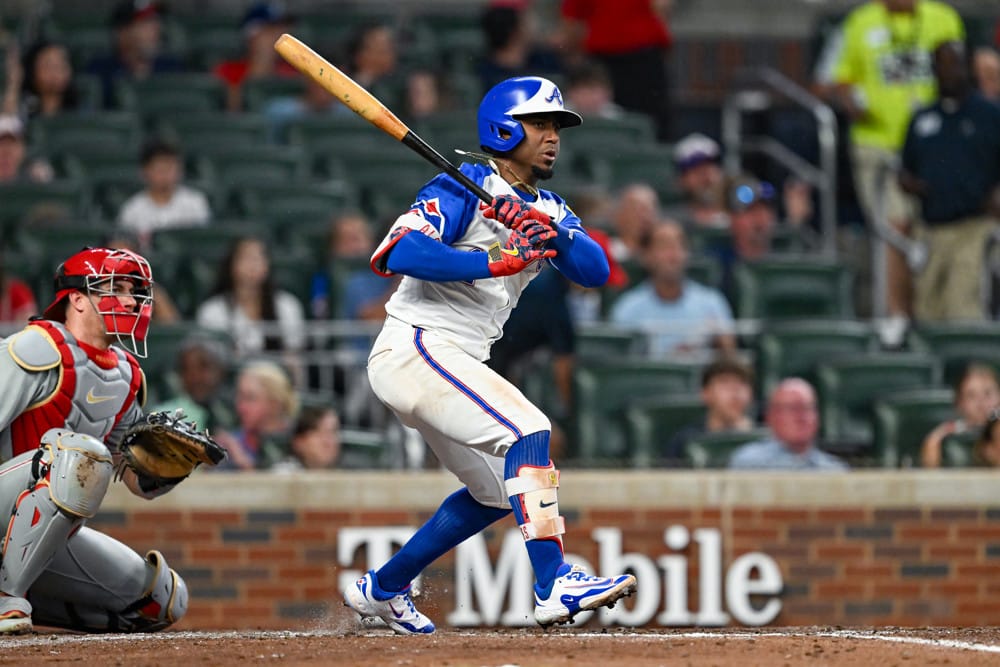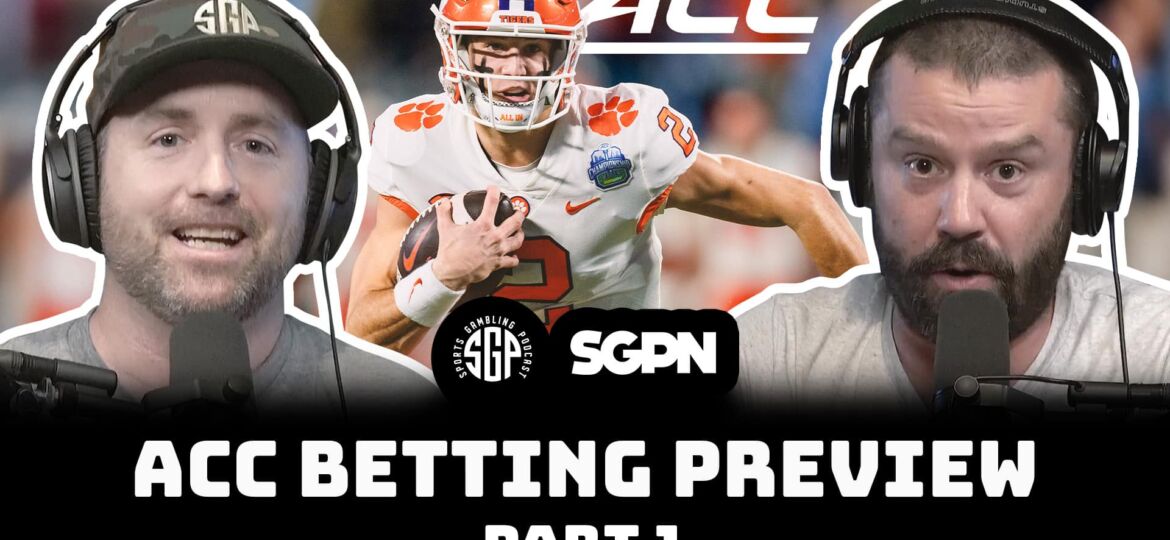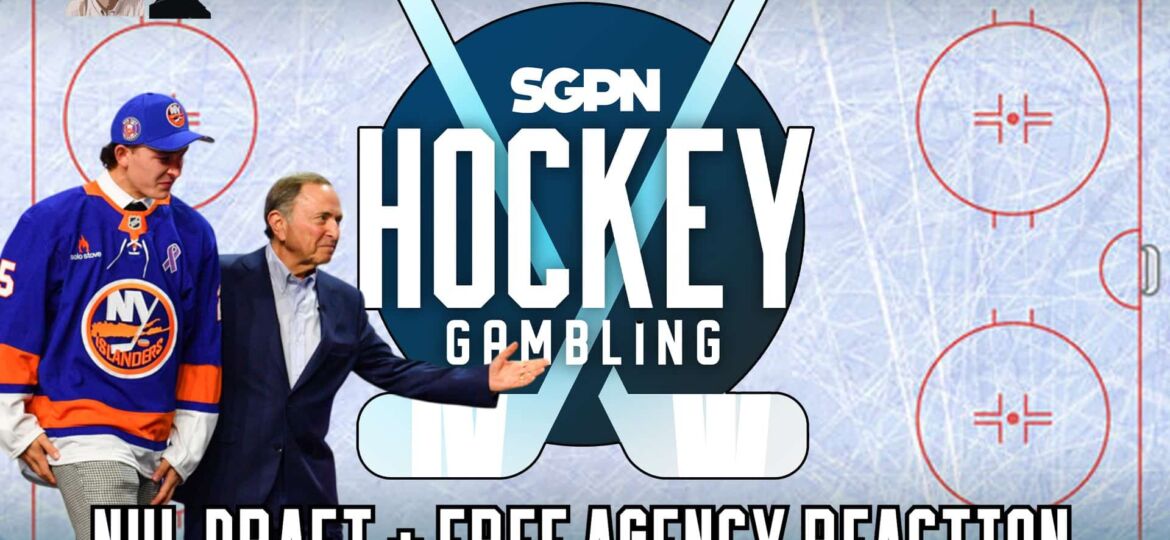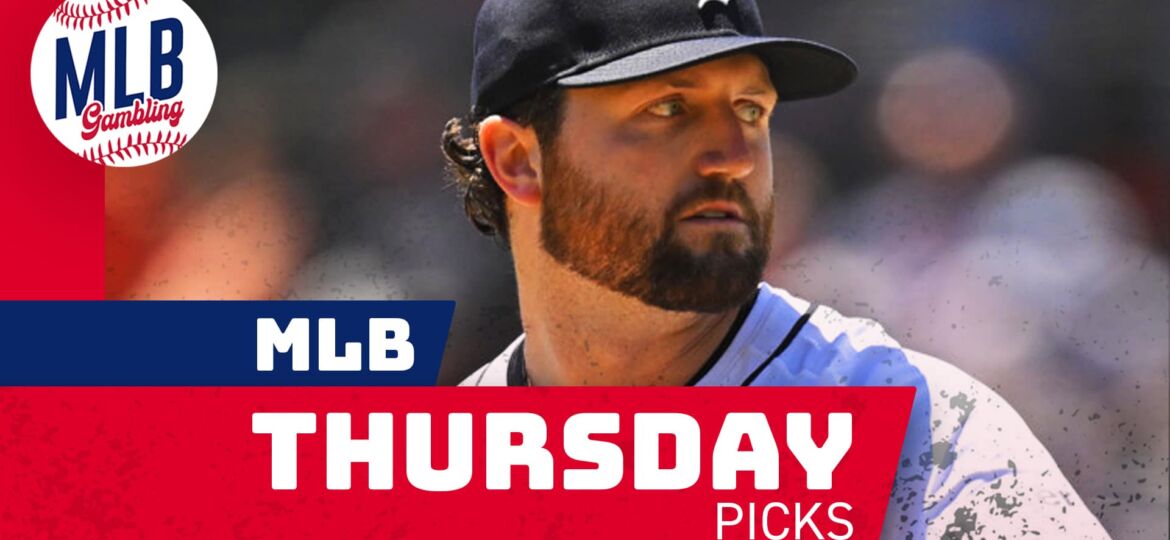After yet another wonderful weekend at Augusta National, the PGA Tour rolls on at Sea Island Golf Club. Here’s the RSM Classic Preview with everything to know about the tournament before betting on it.
RSM Classic Preview – The Field
Headlining the field is Webb Simpson. Webb is one of the most successful players at Sea Island, gaining more strokes per round than anyone else. Webb had a great final round at the Masters and will carry forward this momentum to the RSM Classic.
Also highlighting the field is almost every relevant English golfer in the world. This includes Tyrrell Hatton, Matthew Fitzpatrick, Justin Rose, Lee Westwood, Tommy Fleetwood, Ian Poulter and Danny Willett. English golfers have the reputation of being precise ball strikers, and Sea Island seems right up their alley.
Other notables in the field include Jason Day, Harris English, Sungjae Im, Zach Johnson, Kevin Kisner, Jason Kokrak, Matt Kuchar, Shane Lowry, Joaquin Niemann, Louis Oosthuizen, Henrik Stenson, and Brendan Todd.
For the full field, click here.
The Golf Courses
Two golf courses host the RSM Classic. Players will play their first two rounds on both the Seaside Course and the Plantation Course. After the cut, the rest of the tournament is played on the Seaside Course. The PGA Tour only maintains ShotLink data on the Seaside Course, the tougher of the two.
The Sea Island Golf Club and Resort was first developed in 1926 after Sea Island Company founder, Howard Coffin, purchased a former cotton plantation on Sea Island. Coffin loved the game of golf, and he brought in famed Australian amateur golfer and architect Walter Travis. Travis was a three time U.S. Amateur Tournament winner, and after his playing days he developed several private country clubs around the country. Travis employed classic Scottish Links styles to his golf courses, and is most famous for small “chocolate drop” mounds in the fairways and small, elevated greens.
However, midway through the design of the first nine holes of the Plantation Course, Travis died unexpectedly. Not to be deterred, Coffin brought in another famous architect, Harry S. Colt (of Royal Portrush and Royal Liverpool fame), to finish Travis’s vision and complete the nine hole Plantation and the nine hole Seaside. Several other nine hole tracks were created in the decades that followed. This included the Retreat and the Marshside.
In 1977, Davis Love Jr. moved to Sea Island to become the head golf pro at the Sea Island Golf Club and Resort, bringing along his son – Davis Love III. The Love family grew up there and Love III career flourished. From his success, Love III was able to invest valuable resources in to the club to make it a top notch performance center, and he wielded significant influence on the resort. Sea Island is truly Davis Love III’s valhalla.
In 2006, Sea Island began hosting a regular stop on the PGA Tour in the fall, first named as the McGladrey Classic and now known as the RSM Classic in its current incarnation.
The Seaside Course
In 1999, the Sea Island Company and Davis Love III tasked Tom Fazio to redesign the Seaside Course and the Marshside Course and merry the two nine hole tracks. Fazio did just that and gave facelift to both golf courses, including renovating the bunkers into a classic clamshell bunkers, shrinking the greens and adding exposed sand dunes off the fairways.
The front nine is the old Marshside Course and plays, appropriately enough, around the edges of a huge marsh. The back nine is the old Seaside Course next to the bay. This golf course is not an easy one for most amateurs. Trouble lurks for the high handicapper everwhere on the golf course, with marshes, water hazards, and large sandy waste areas ready to eat up errant shots. Wind is a big factor on the golf course. This creates some challenging cross winds on a few holes.
If the amateurs manage to avoid all those pitfalls, they still need to hit a small target green, and failure to do that will leave a tough up and down off of tight fairway lies. It’s almost easier for amateurs to miss the greens by a mile, as it gives them a better chance of chipping off in the rough where the ball might be sitting up and on flatter surfaces.
Despite the difficulty, this is a very well designed golf course. Fazio did an excellent job redesigning the two nines to create today’s Seaside Golf Course. No hole feels repetitive and he does a great job transitioning one hole to the other with different angles and looks tee-to-green. Bunkers are also well placed strategically and forces players to think their way around the golf course. In addition, there is a great mix of holes with high greens and low surrounds, and low greens with high surrounds, meaning players will get a great variety of approach shots and different ways they can try and scramble for par.
As mentioned previously, players will play three of their four rounds on the Seaside Course.
The Plantation Course
The Plantation Course actually just reopened in October 2019 in time for the playing of this tournament. It has undergone a full redesign by Davis Love III’s golf design company to bring the Plantation Course back to the roots of Walter Travis’s original layout.
This wasn’t just a simple redesign with a few new bunkers and lengthened holes – this was a complete transformation of the golf course. Almost every hole was tinkered with. Many holes saw their fairway bunkers reduced in size but more rectangularly shaped, similar to that of classic Scottish Links design. The greens were entirely rebuilt and are more geometrically shaped than before. Other hallmark Travis features such as the chocolate drop mounds are presented across the golf course. There’s also a principles nosed bunker complex in the middle of the 10th fairway.
This is an entirely new golf course and there have not been many reviews of it out there. But from what I see, Love’s design company did a fantastic job with the redesign of the Plantation Course. It’s a creative track that has many of the basic principles and quirks of classic Scottish Links golf. From the overhead view, the golf course requires a great mix of thoughtfulness and creativity.
RSM Classic Preview – Betting Strategies
There are no strokes gained stats maintained for the Plantation Course. However, it hosts only one round. It has an immaterial effect on the tournament. In addition, many of the same principles of the Seaside Course now apply to the Plantation Course after the redesign.
Here’s a plot chart showing what attributes primarily make up the players who populate towards the top of the leaderboard:
(Per DataGolf)
Unlike other golf courses, accuracy outweighs distance at Sea Island. On the Seaside Course, there is trouble everywhere. Failure to hit the fairway or the first cut of rough is going to be costly. In addition, the Plantation Course now has very strategically placed bunkers near the landing zones off the tee, and the positions of dog legs shrinks the landing zones in the fairway. Accuracy off the tee is reflective in the profile of players who typically fare best at the RSM Classic.
Both nines feature small greens, and those who have precision with their irons will have an advantage. In addition, both golf courses are short and players can get away with using less than a driver on most holes, meaning players have mainly shorter irons they can hit into the greens. Despite the small green sizes, the green in regulation %’s historically at Sea Island are quite high for PGA Tour pros. When the field overall is hitting greens at high rates, the tournament then becomes a putting contest. While accurate ball strikers get you to the top of the leaderboard, it’s putting that ultimately will determine the winner.
The types of players to target this week are accurate, precise players who can get hot with the putter. That’s representative overall of players who have good success at Sea Island. Players in the field this week with at least 12 rounds at Sea Island GC and have gained more than a shot on the field are the following:
- Webb Simpson – +1.95
- Austin Cook – +1.69
- Kevin Kisner – +1.45
- D.J. Trahan – +1.08
- Graeme McDowell – +1.05
- Chris Kirk – +1.03
- Charles Howell III – +1.03
- Tyler Duncan – +1.02
All these players are essentially of the same template.







